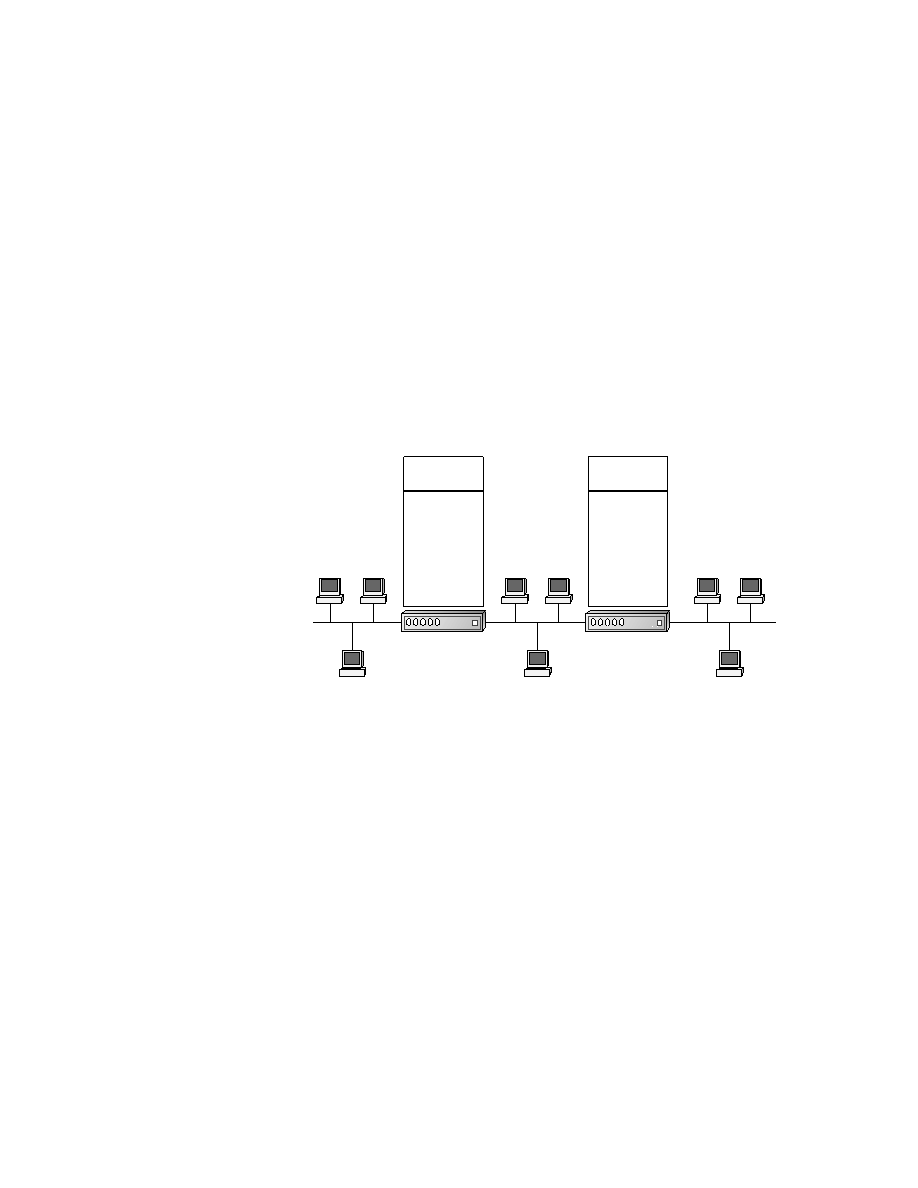
load. There are solid advantages to bridging--by segmenting a logical net-
work into multiple physical pieces, it secures network reliability, availability,
scalability, and manageability.
other physical segments. These devices dynamically build a forwarding table
of information composed of each MAC address and the segment that
address is located on.
all segments except the port from which it received the frame. Also, a 2030
percent latency period can occur for the processing of frames. This delay can
increase significantly if the frame cannot be immediately forwarded due to
current activity on the destination segment.
broadcasts are never seen by the bridge, and hence are not filtered, broadcast
storms can result. The same problem can happen with switches because, the-
oretically, switch ports are bridge ports. A Cisco switch is really a multiport
bridge that runs the Cisco IOS and performs the same functions as a bridge.